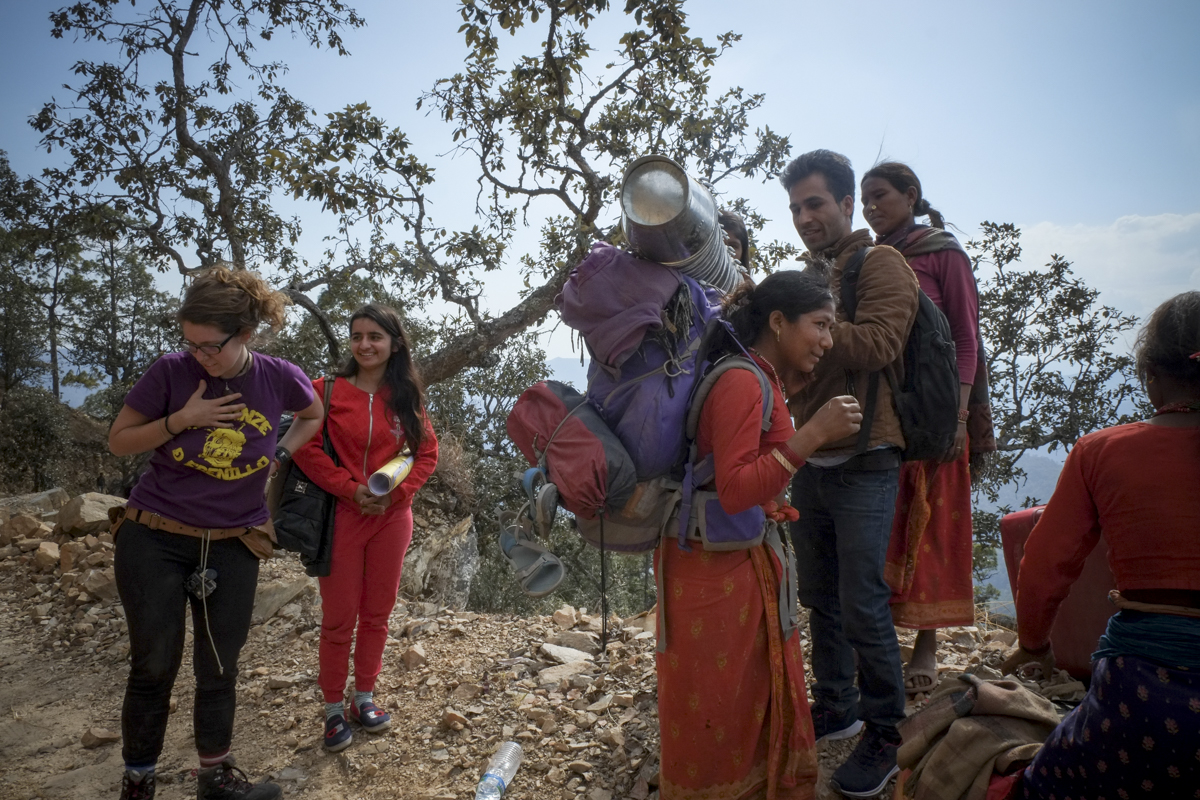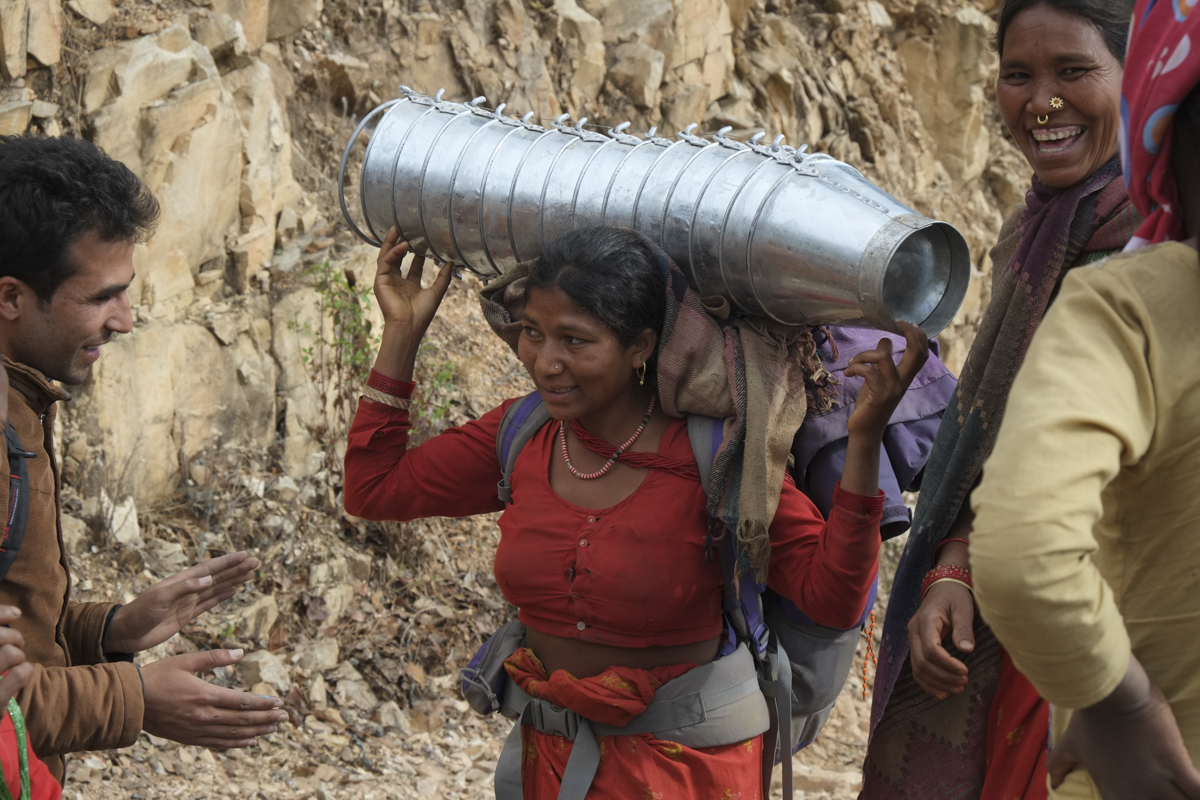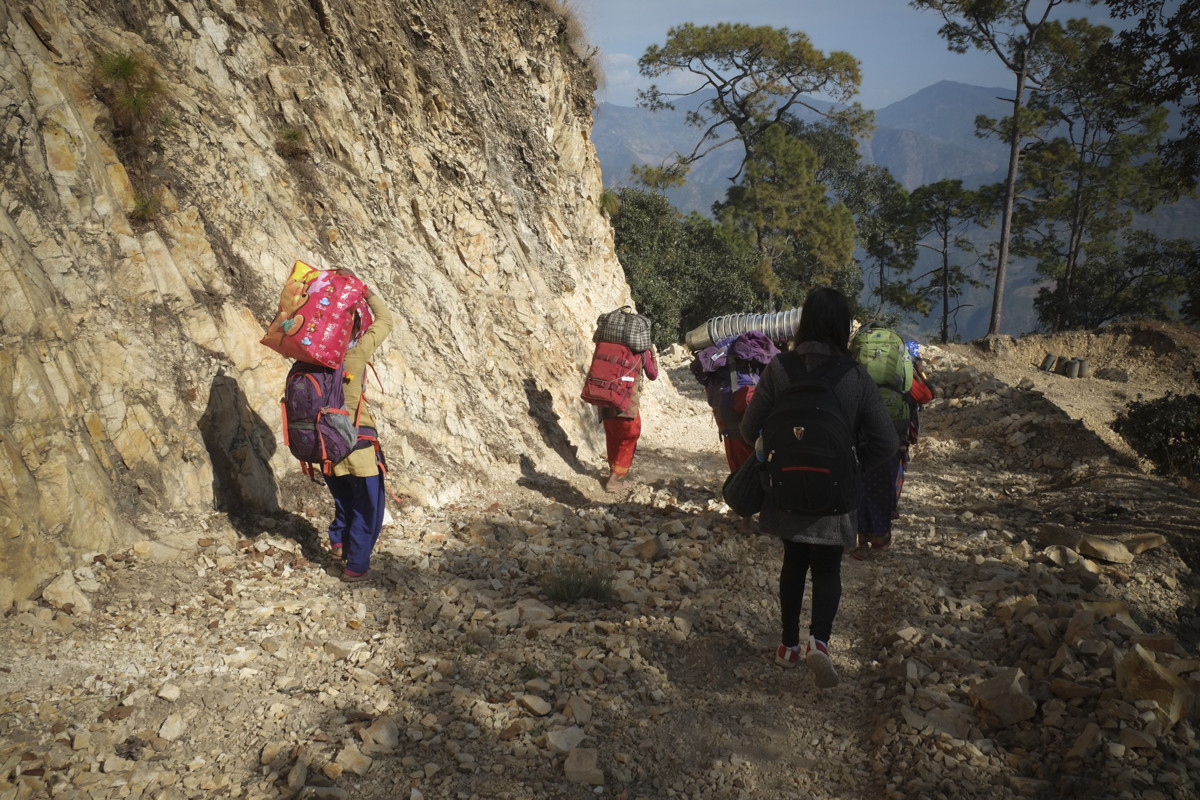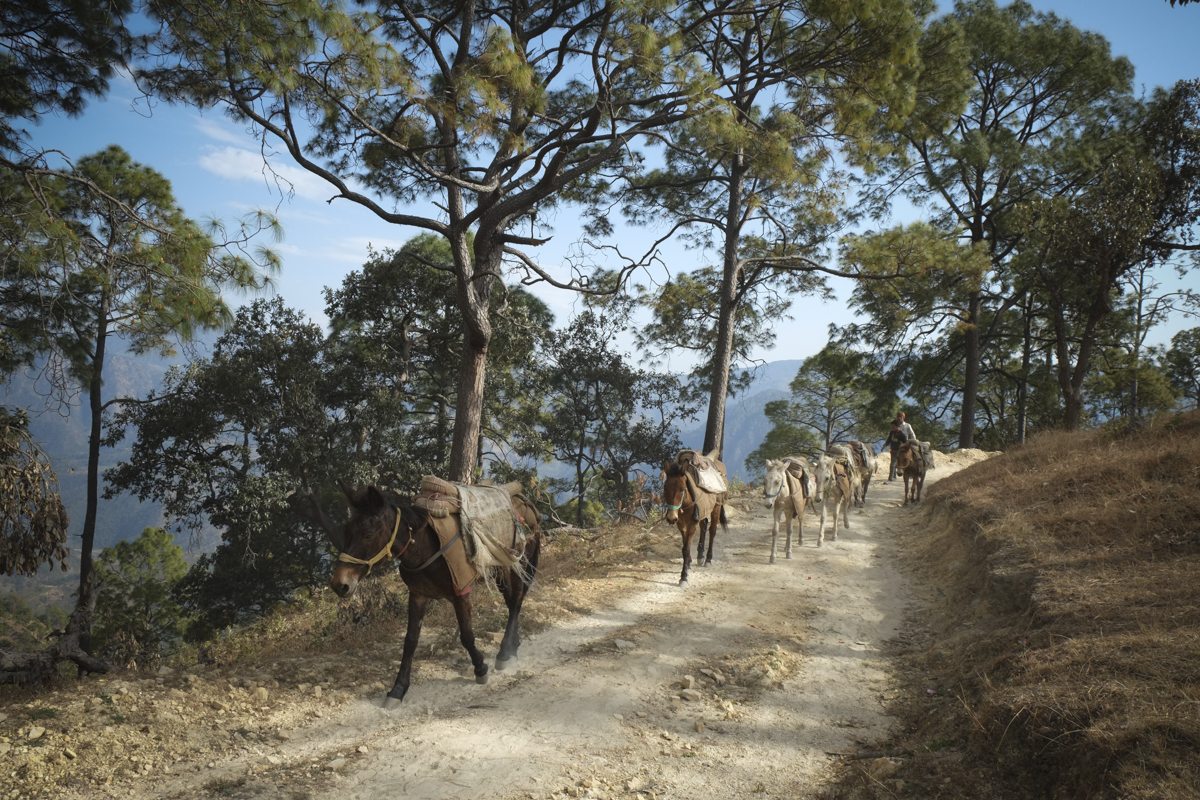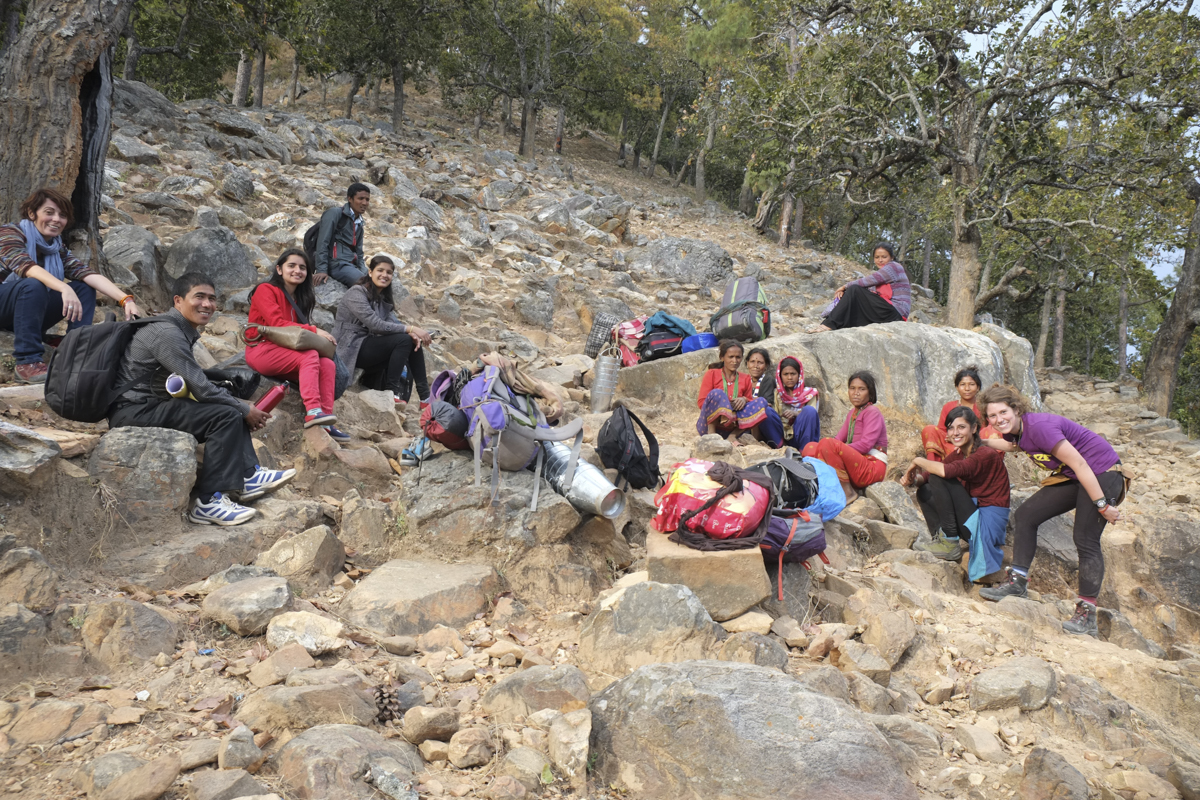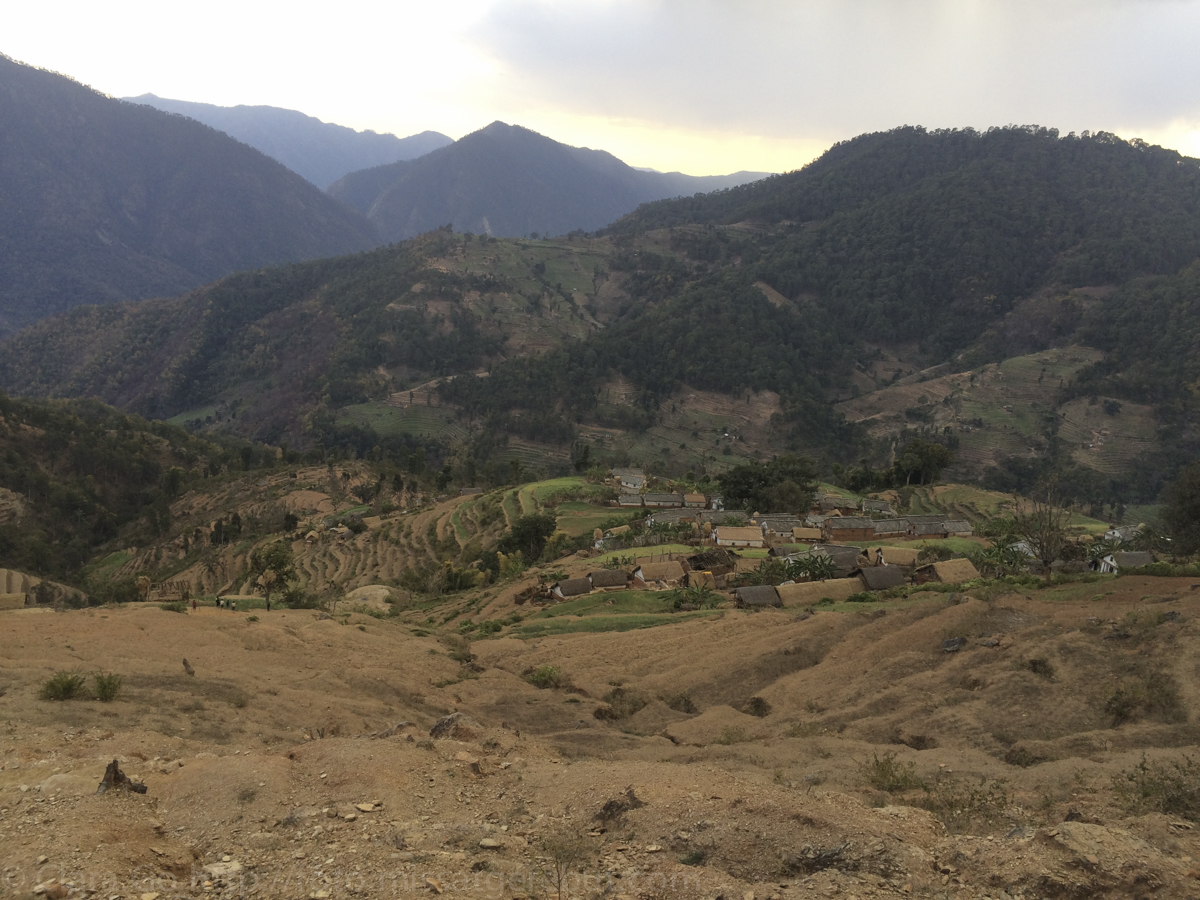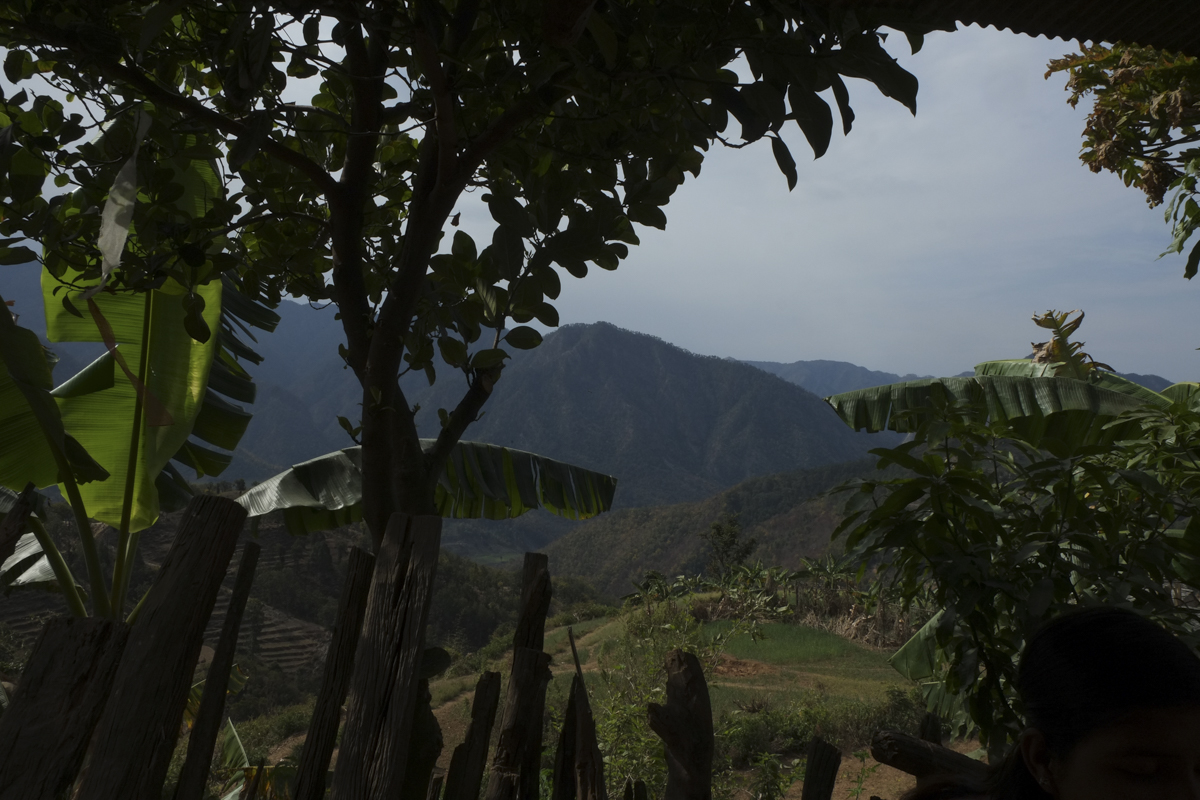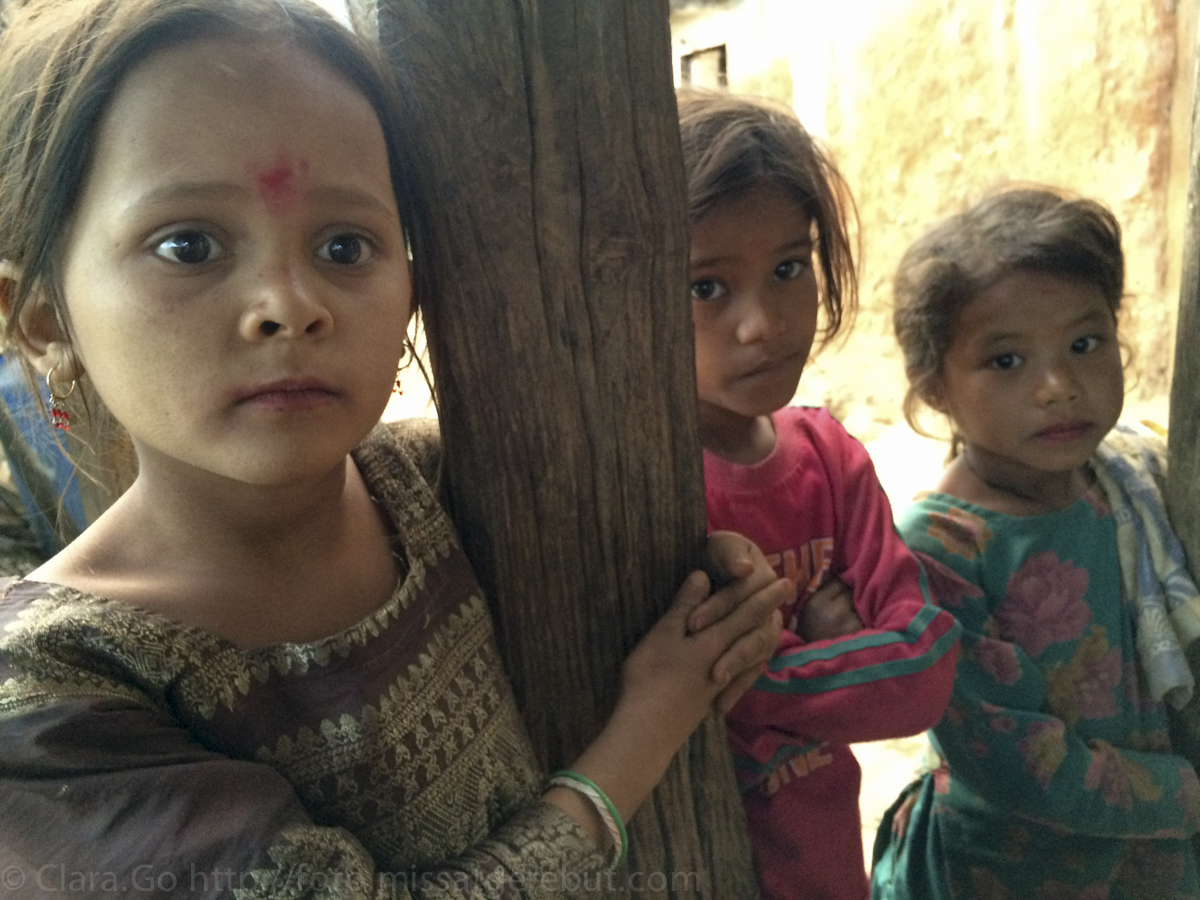We set off Kathmandu on February 26th at 3pm: Kamal, our Nepalese project manager; Susmila, the nurse we hired to deliver the Ruby Cup and menstrual hygiene trainings, and I (Clara GO).
After getting the 40 buckets and suitcases full of material we were carrying on the bus, we set out to Dhangadhi, feeling both excited and nervous. We had been working towards this moment for so many months that the trip became longer and rougher than usual.
Leaving Kathmandu tends to be difficult, depending on the time of day it can take as much as 6 or 7 hours… which is how long it took us that day. The road to Chitwan, which was under construction 6 months ago, has barely progressed. It looks set to become one of the many unfinished roads in this country.
When we finally made it to Chitwan, at the end of the roadworks, the bus’ windscreen broke after being hit – nobody really knows how – by a lorry driving the opposite way – which sped away. The Nepalese are usually very calm and quiet, but this day we had a driver who, without giving it a second thought, u-turned and started chasing the lorry for one hour… heading back to Kathmandu! Eventually, after stopping a few times and talking to several police officers, the lorry was found hiding, its driver agreed to pay for the windscreen and the bus turned back towards Dhangadhi, where we got after 12pm the following day. A 22-hour bus ride.
We then headed to the hotel where we had arranged to meet another local nurse and the volunteer Spanish nurses: one midwife, and one specialised in family and community health. Together, we had a meeting with one of the teachers at the Seti Makali Nursing Campus. Once the whole team had gathered, we started planning how to carry out all the work we intended to do.
The following day, February 28th, after a terrifying 12-hour Jeep ride – in which most of us got sick – we got to Mangalsen. There a journalist friend of mine and his family were waiting for us. They had kindly prepared dinner for us and let us sleep in their home (in their own bed: Thank You, Krishna and Maya).
March 1st: Mangalsen woke up cloudy. The way to Basti are 8 hours on foot; or 2 by jeep plus 2 more walking. We opted for the jeep. The rain made us consider staying there one more day, but it eventually stopped raining and we set off by jeep until the point where 4 women porters were waiting for us to help us with all our luggage. After a 3-hour descent along a very steep path, we made it to Basti: a town that seemed to have been taken out of a film. Beautiful and genuine. But we all knew life there was not as ideal as it seemed.
Please remember we still need your help to raise funds to continue with our project. You can donate at: https://www.migranodearena.org/en/challenge/13821/rato-baltin-nepal—facing-chhaupadi-with-menstrual-education/
Rato Baltin Project.
Written by Clara Go - Translate to english by Alba Miquel - Photos from different cameras and phones ©: Clara Go







